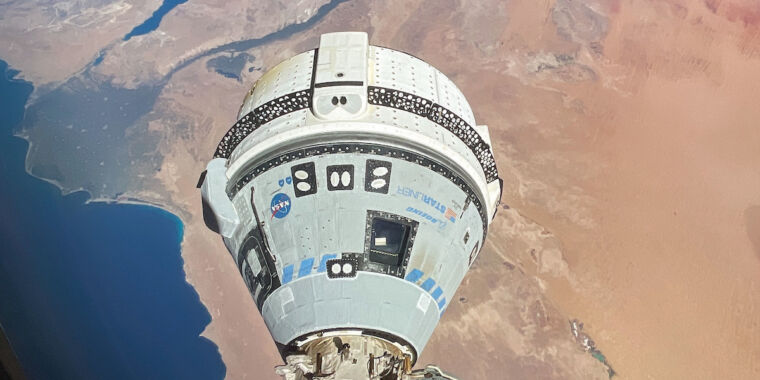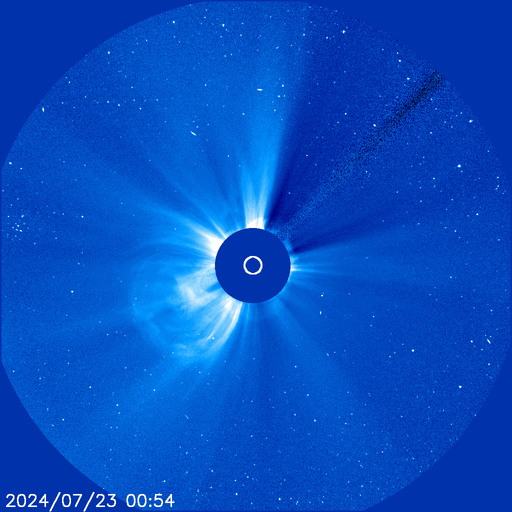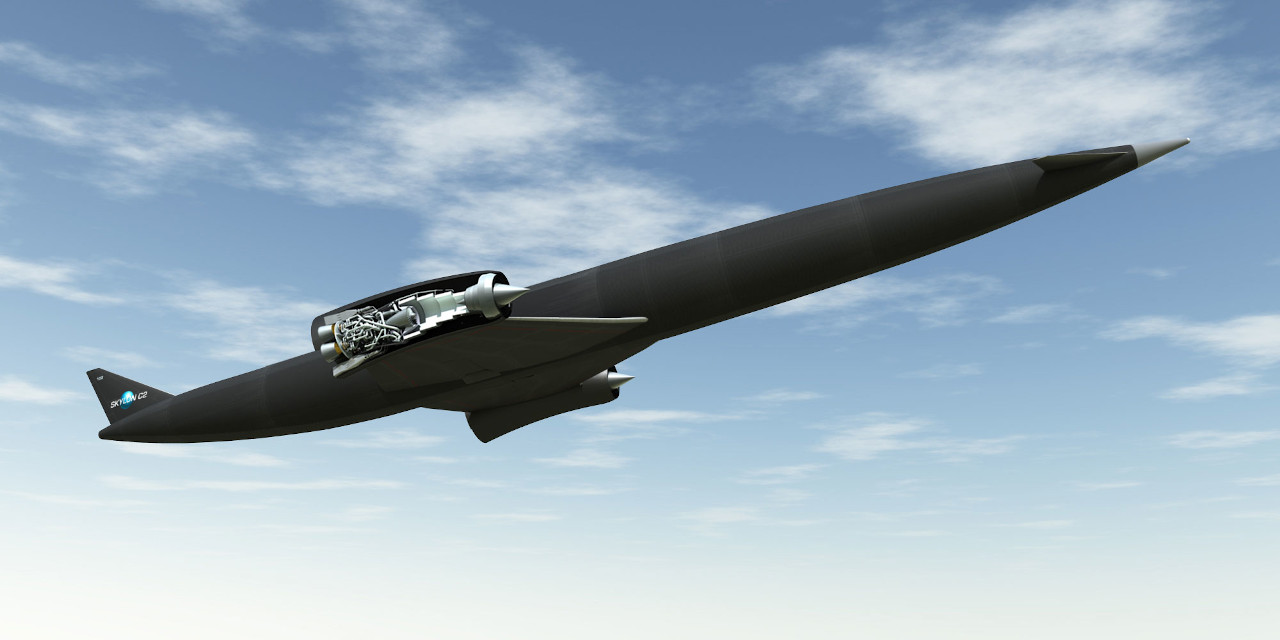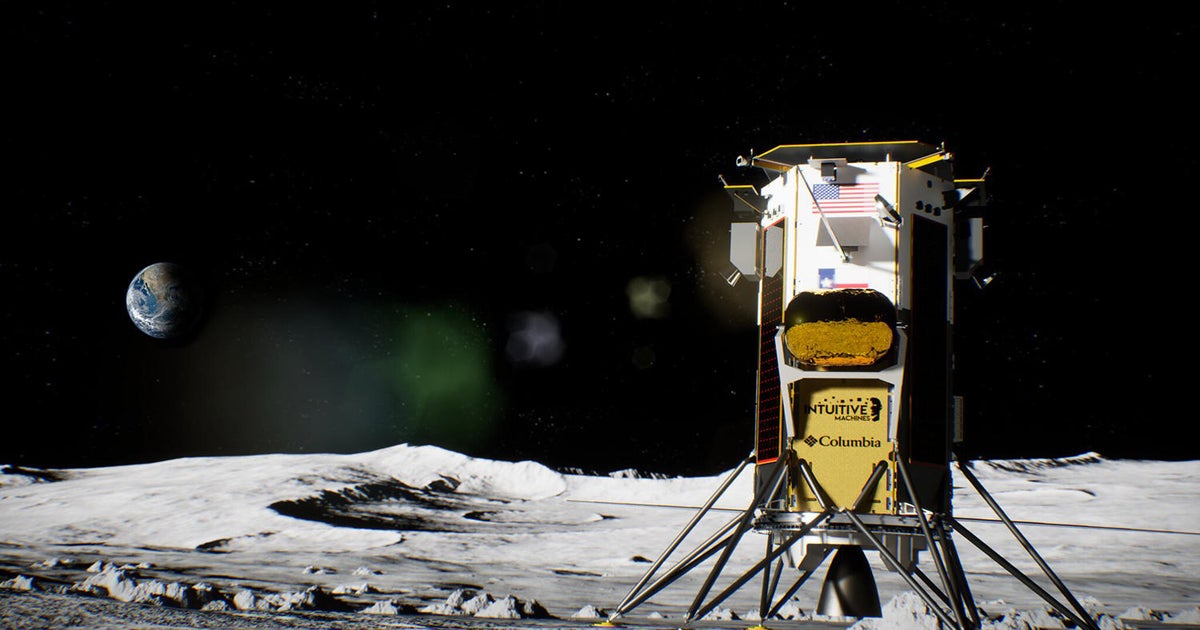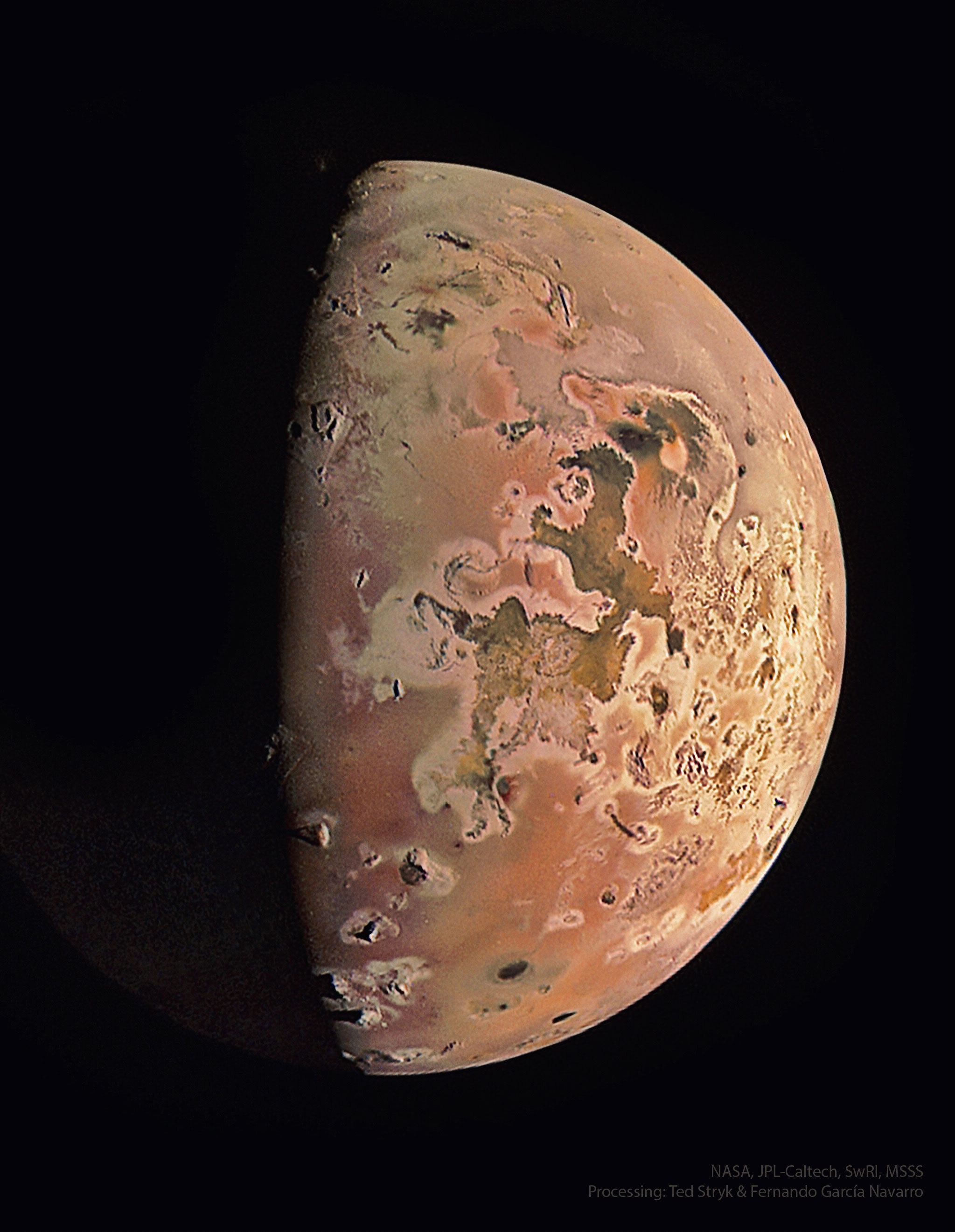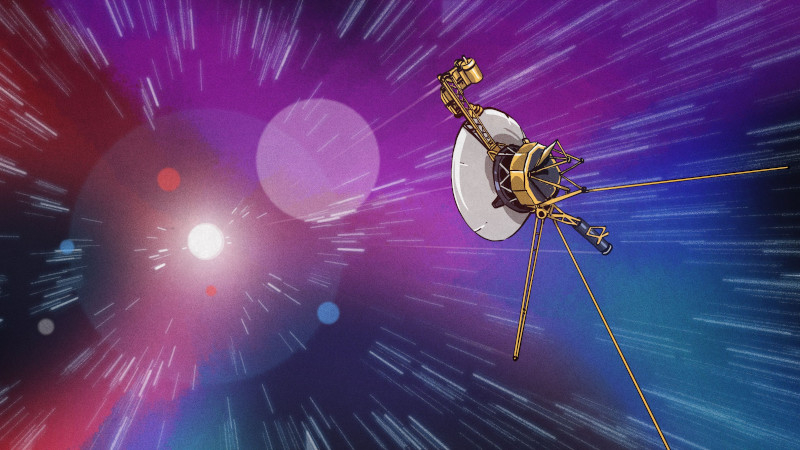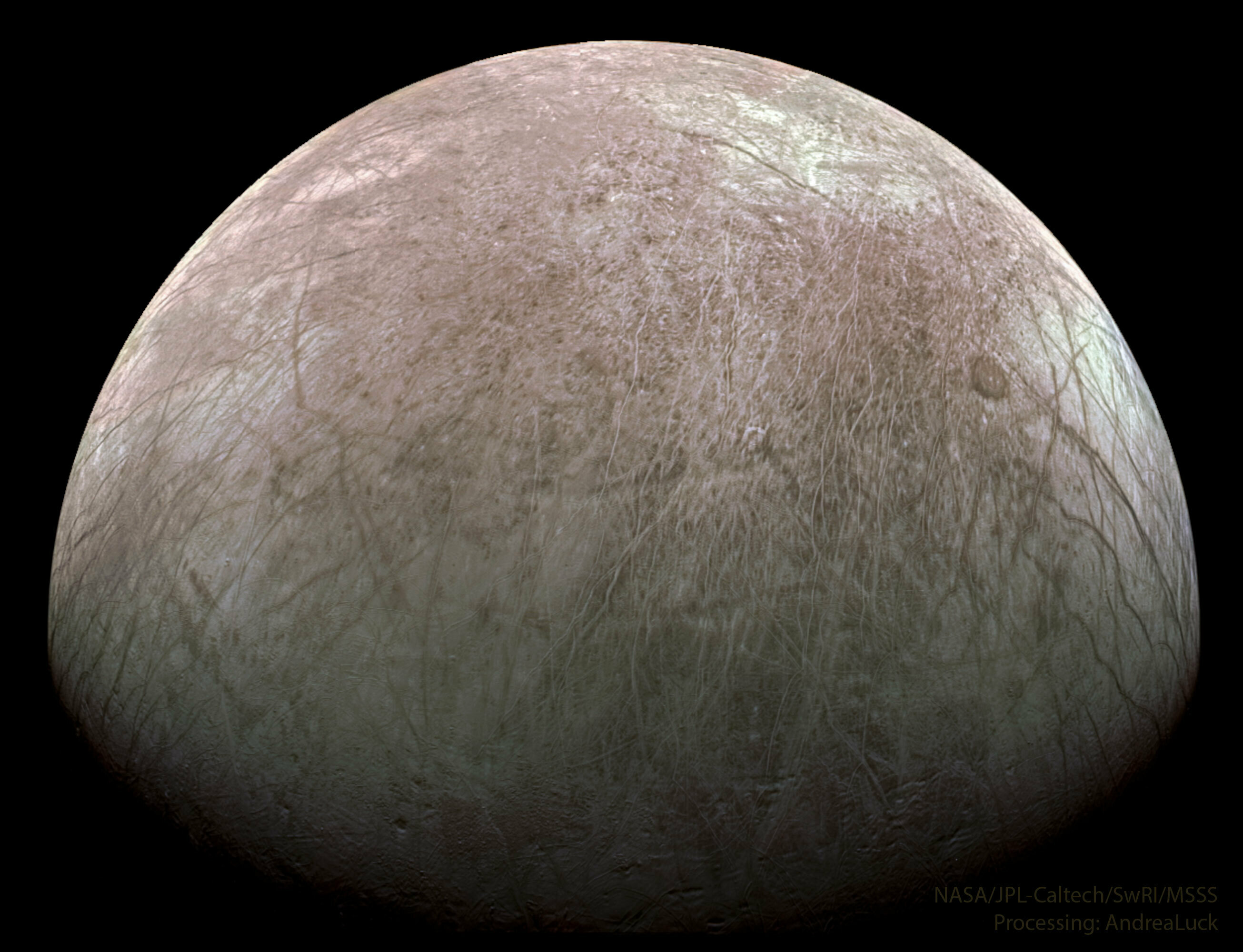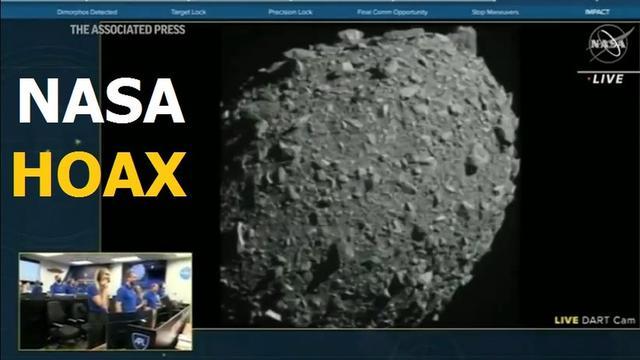Major Tom to Ground Control...and there's nothing I can do...
♲ David August - 2024-12-19 00:57:51 GMT
"...a power outage at #SpaceX’s California facility caused a loss of #GroundControl, meaning that the mission control team was briefly unable to command the #spacecraft."Single outage brought GROUND CONTROL down?! On the ground where power grids & diesel generators at a nearby home improvement store are! Have they never heard of battery backups and generators?! They have no idea what 3 points-safe₁ means, nor failover₂, and have no business trying to send so much as a spatula to #space.
🧵 1/3
One person like that
